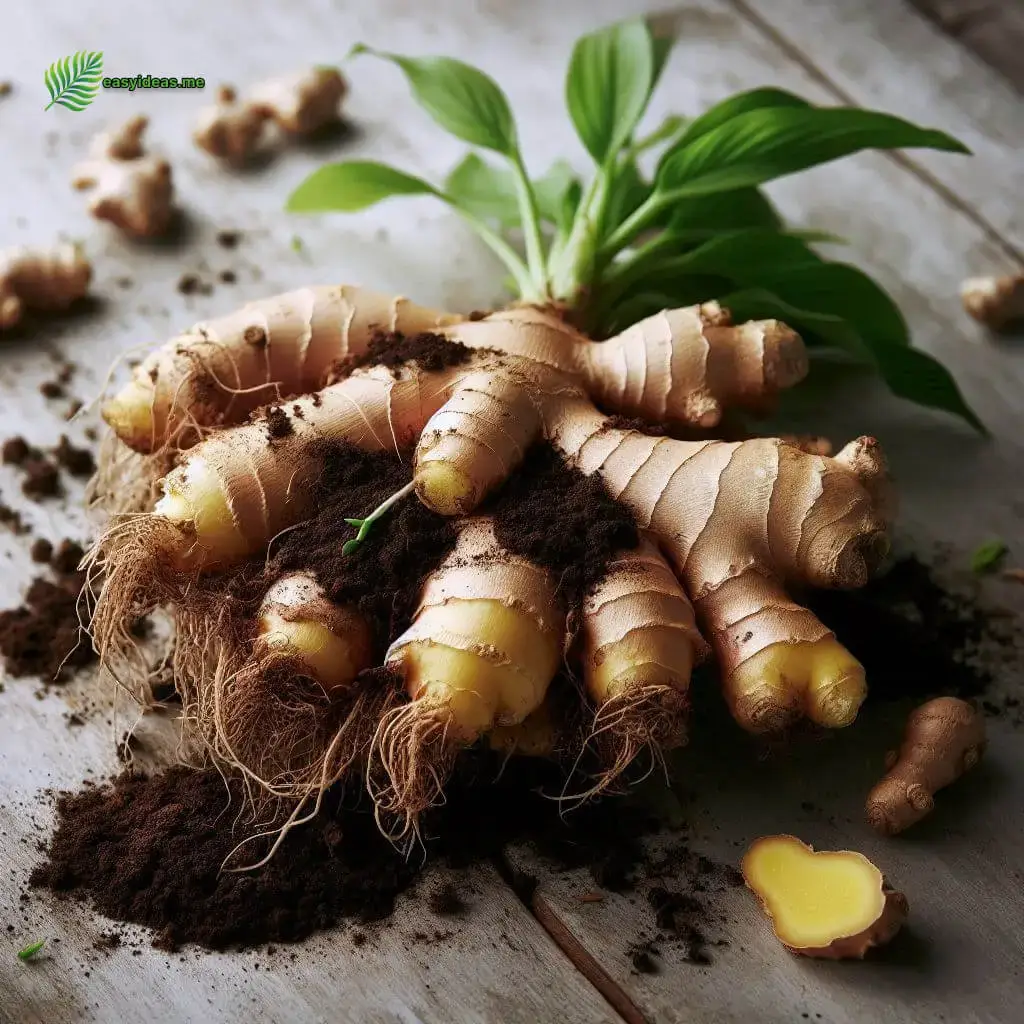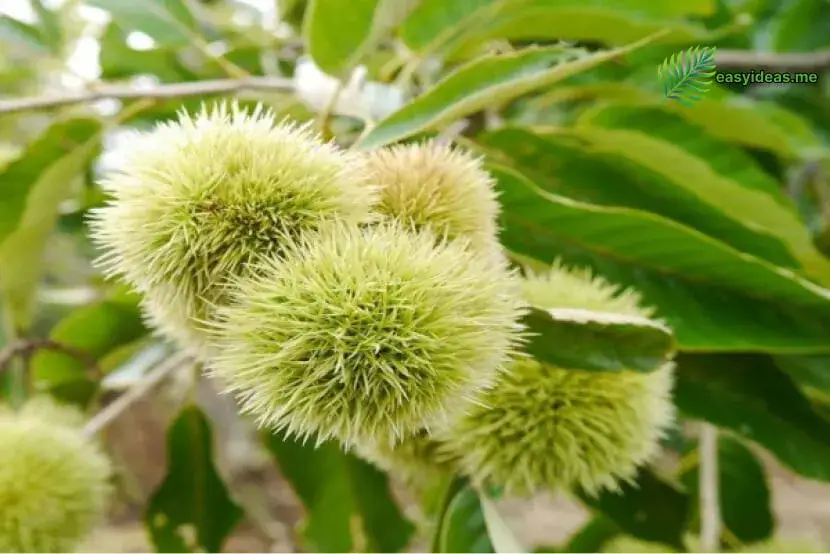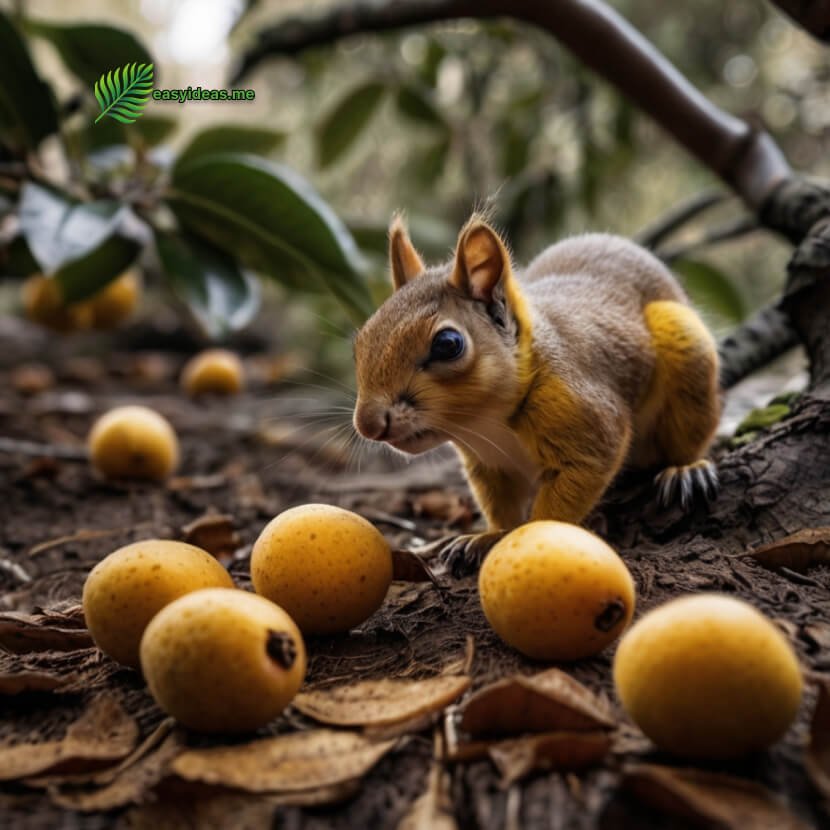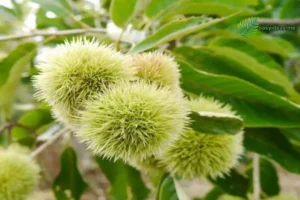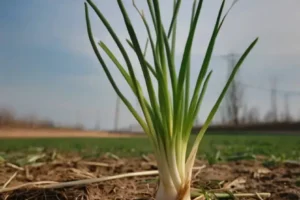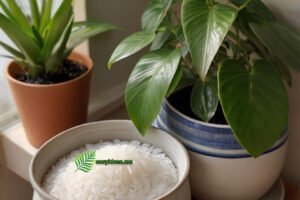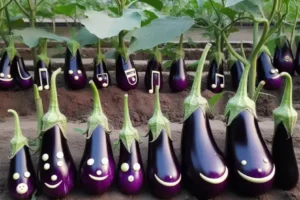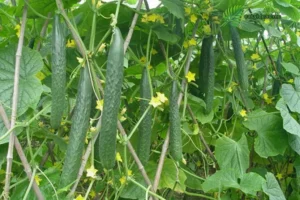Yellow lemons are a type of citrus fruit known for their strong fragrance and deliciously sweet-tart flavor, making them beloved by many. If you’re interested in planting yellow lemons in your own backyard or garden, this article will provide you with some guidance on cultivation techniques.
Site Selection
Yellow lemons thrive in ample sunlight, so selecting a well-lit location for planting them is crucial. Additionally, they prefer warm climates, with the optimal growing temperature ranging between 25-30°C. If your area experiences excessively high temperatures during the summer, consider relocating the yellow lemons to a partially shaded area.
Soil Preparation
Yellow lemons have modest soil requirements, but it’s best to choose well-draining soil to prevent waterlogging.
Before cultivation, loosen the soil and add organic fertilizers to improve soil fertility. Moreover, yellow lemons prefer slightly acidic soil, with an optimal pH range between 5.5-6.5.
Reproduction and Planting of Yellow Lemons
Yellow lemons can be propagated through seeds or grafting. If you choose seed propagation, start by washing the yellow lemon seeds and letting them dry. Then, wrap the seeds in moist paper towels and place them in a warm location. After about 7-10 days, the seeds will germinate. Transplant the germinated seeds into planting pots, maintaining moderate humidity. Once the seedlings have grown 5-6 leaves, they can be transplanted into the garden.
Grafting is a more common method of reproduction. Select a healthy yellow lemon tree, cut off tender branches from its lower part, and then graft onto these tender branches. Choose suitable rootstocks as a base for grafting. Grafting involves cutting a part of the rootstock, then inserting the tender branch of the yellow lemon into the cut, and securing it with rubber bands or tape. After approximately 2-3 months, the grafting site will heal, and it can be transplanted into the garden.

Watering and Fertilizing
Yellow lemons require adequate water to grow, but it’s essential to avoid overwatering, which can lead to waterlogging. Generally, watering 2-3 times per week is sufficient, keeping the soil moist but not overly wet. During the fruiting period, reduce watering appropriately to enhance the sweetness of the fruits.
Fertilizing is crucial for maintaining the healthy growth of yellow lemons. During the growing season, apply fertilizer rich in nitrogen, phosphorus, and potassium once a month to promote plant growth. Additionally, you can use organic fertilizers or compound fertilizers to provide nutrients. Be careful not to overuse fertilizers to prevent damage to the plants.
Disease and Pest Control
Yellow lemons may be susceptible to certain diseases and pests such as citrus greening disease, citrus canker, and aphids. To prevent these issues, it’s advisable to regularly spray insecticides on the leaves of yellow lemon trees and promptly remove any leaves or fruits that show signs of infestation to prevent the spread of diseases and pests.\
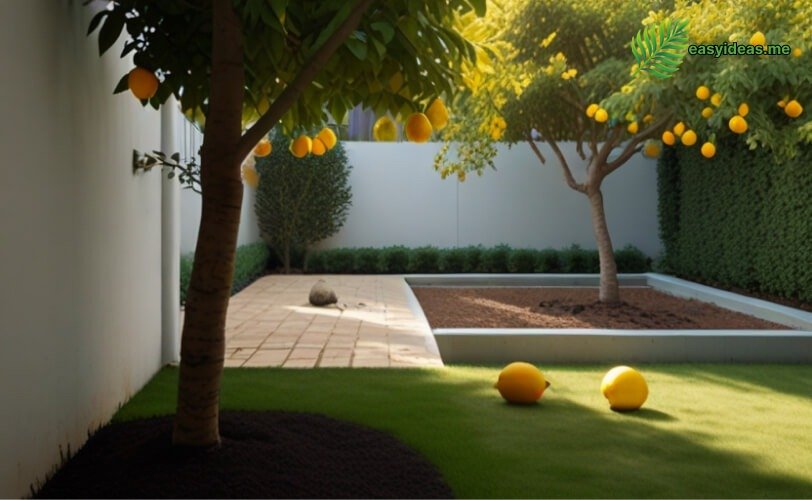
Pruning and Shaping
Due to their rapid growth, yellow lemon trees require regular pruning and shaping. Choose a sunny day during spring or autumn for pruning, trim away any tangled or disorderly branches, and shape the canopy to maintain good airflow and sunlight exposure.
With proper care and management, you can successfully cultivate yellow lemons in your backyard or garden. Yellow lemons not only serve as delicious fruits but can also be used to make jams, syrups, and other culinary delights.
Read more: Stop Buying Cherry Tomatoes! You can Plant them Easily!!!


